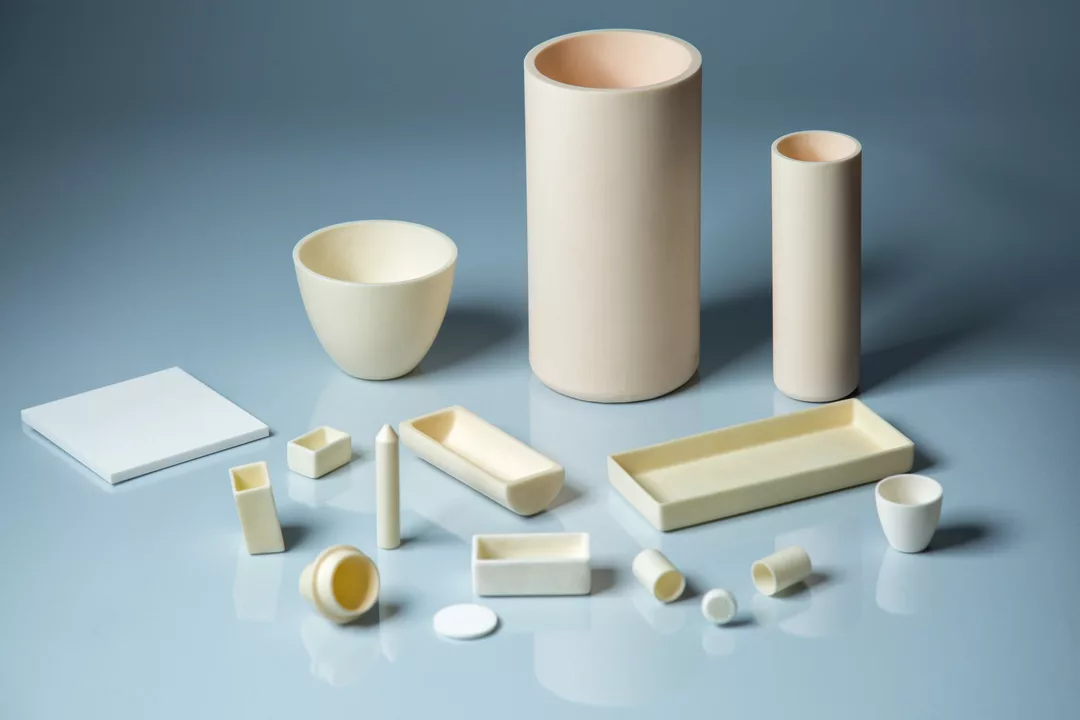Ceramics in Medicine: What They Are and Why They Matter
Ceramics show up in hospitals and clinics more than most people realize. From dental crowns to hip liners and labware, ceramics offer strength, wear resistance, and good compatibility with the body. If you’re facing a procedure or work with medical materials, knowing the basics helps you ask the right questions and make better choices.
Common medical ceramics and where you’ll see them
Bioceramics are the group used in medicine. Two big names: alumina (aluminum oxide) and zirconia (zirconium dioxide). Dentists use ceramic for crowns and bridges because it looks like tooth enamel and resists staining. Orthopedic surgeons use ceramic liners and femoral heads in hip replacements because they wear slowly and don’t corrode. You’ll also find ceramic coatings on surgical tools, ceramic filters in lab setups, and even ceramic powders in some controlled drug-delivery systems.
Other ceramic types include bioactive glass and calcium phosphates used in bone grafts. These materials can bond to bone and help healing. That’s why you’ll hear about them in spine surgery, dental implants, and trauma repairs where bone needs to regrow.
Safety, limits, and practical tips
Ceramics are hard and wear-resistant, but they’re brittle. That means they handle compression well but can crack under impact. Surgeons balance that trade-off: ceramic-on-ceramic hip bearings reduce wear but need precise alignment to avoid fracture or squeaking. Ask your surgeon about failure rates and whether a ceramic piece is the best fit for your anatomy and activity level.
Allergic reactions to ceramic are rare because ceramics are chemically stable. Still, infections and mechanical issues can happen with any implant. For dental ceramics, proper bonding and good oral hygiene matter more than the specific ceramic brand. For orthopedic ceramics, follow recovery and weight-bearing rules closely to reduce stress on the implant while bone heals.
In the lab, ceramics are prized for heat resistance and chemical inertness. They survive autoclaves and harsh solvents better than many plastics. But ceramic labware can chip; inspect items before use and replace damaged pieces to avoid contamination.
If you’re comparing options, ask practical questions: What ceramic is used and why? What are the short- and long-term failure modes? How does it compare to metal or polymer alternatives for my case? Get the data—manufacturer specs and published outcomes—and discuss real-world risks with your clinician.
Finally, maintenance matters. For dental ceramics, avoid grinding and use a night guard if you clench. For joint ceramics, follow rehab plans and report unusual noises or pain. Small steps reduce the chance of problems and extend the life of ceramic parts.
Ceramics bring clear benefits in many medical settings, but they’re not one-size-fits-all. Know the material, understand the risks, and make decisions with your care team. That gives you the best shot at a lasting, trouble-free result.

